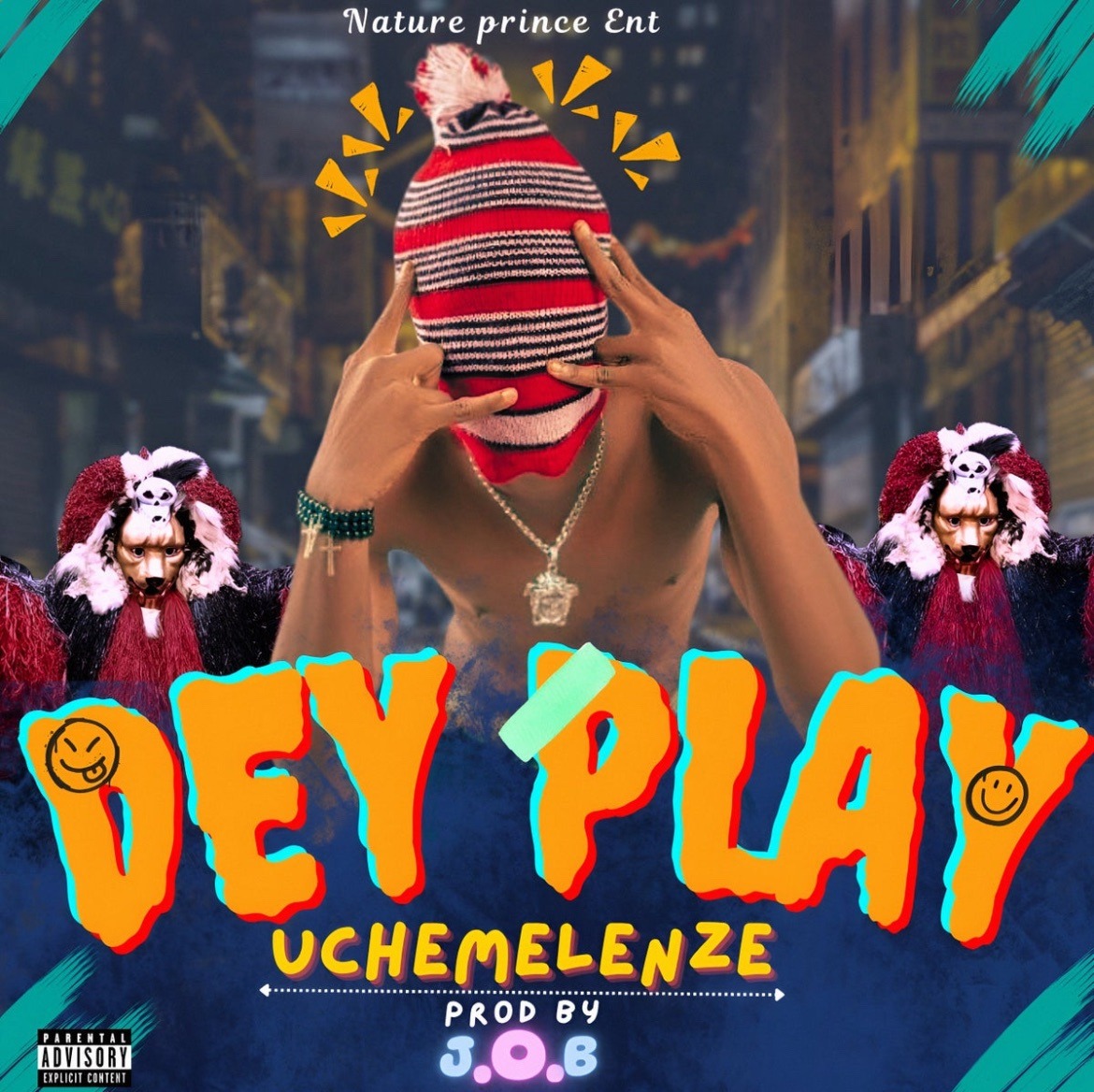The Nigerian music industry is no stranger to high costs, but a recent statement by Timaya has brought renewed attention to just how expensive it has become to produce and promote music. The Afro-dancehall artist expressed frustration that the cost of making a music video now runs up to ₦100 million, a significant sum even by industry standards.
Thank you for reading this post, don't forget to subscribe!Timaya decries high cost of promotion as music videos now cost ₦100 million
Timaya revealed in an interview with Channels TV that music videos used to cost 1.5 million naira, but now they cost up to 100 million.
Related: How Independent Artists can manage High Promotion Costs

For many upcoming artists and independent musicians, these costs are increasingly difficult to bear. But even for established stars like Timaya, the shift in the cost of promotion can seem overwhelming, signaling a broader issue within the industry. Let’s explore the key reasons why music video production has become so expensive and what this means for artists navigating the current music scene.
Why Music Videos Now Cost ₦100 Million
One of the primary factors contributing to the rising costs of music video production in Nigeria is the demand for higher quality visuals. As Afrobeats and other genres from the country gain international recognition, artists feel the pressure to produce videos that meet global standards. High-quality cameras, elaborate set designs, special effects, and professional post-production can drive up the price tag considerably.
Related: Rising costs of music video production in Nigeria: what’s driving the 100 million price tag?
Additionally, more artists are opting for international locations, which can significantly add to production expenses. From flights to accommodation and securing filming permits abroad, these factors quickly accumulate, making a music video budget soar.
“Before we used to shoot music videos, 1.5 million. Today, 100, million, 50 million, 60 million,” Timaya said.
He added that after shooting the video, artists still need to spend millions on marketing. He pointed out that the high cost of promotion has contributed to a hike in artist fees as Nigerian superstars are becoming imcreasinly expensive to book.

The Role of Promotion in an Artist’s Success
In today’s digital age, releasing a song is only half the battle. A well-produced video plays a crucial role in an artist’s ability to promote their music, not just locally but on a global stage. Music videos help artists connect with their audience visually, creating a deeper impact. With YouTube being one of the largest platforms for music consumption, a captivating video can go viral, leading to more streams and potential revenue.
Related: How Independent Artists can manage High Promotion Costs
However, the costs associated with this level of promotion often exceed the reach of many up-and-coming artists, making it harder for them to break into the mainstream without significant financial backing.
“That’s why when you call these young guys they will tell you 50 million, 30 million because they are spending a lot of money and need to make it”.
Independent Artists Face the Most Pressure
While top artists like Timaya can typically rely on label support or their financial resources, independent musicians often struggle the most with these inflated costs. The current market forces them to balance production quality with budget constraints. Many indie artists turn to alternative methods, such as DIY videos or focusing on social media promotion instead of traditional music videos, but this can sometimes limit their reach.
Even for those with label backing, spending ₦100 million on a single video may raise questions about how sustainable the industry’s expectations are. This forces independent artists to get creative with their promotional strategies and budget.
What Does This Mean for the Future of Nigerian Music?
As costs continue to rise, it’s clear that only a few will be able to afford the level of promotion required to compete on an international scale. This raises concerns about how accessible the music industry is becoming, especially for those without major financial backing.
Related: How Independent Artists can manage High Promotion Costs

On the flip side, the demand for high-quality music videos reflects the growing global interest in Nigerian music. More eyes on the industry mean that artists can potentially earn more from streams, performances, and endorsements. However, striking a balance between quality and cost will be crucial for the future sustainability of both established and rising musicians.





